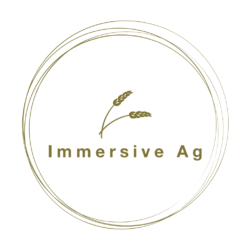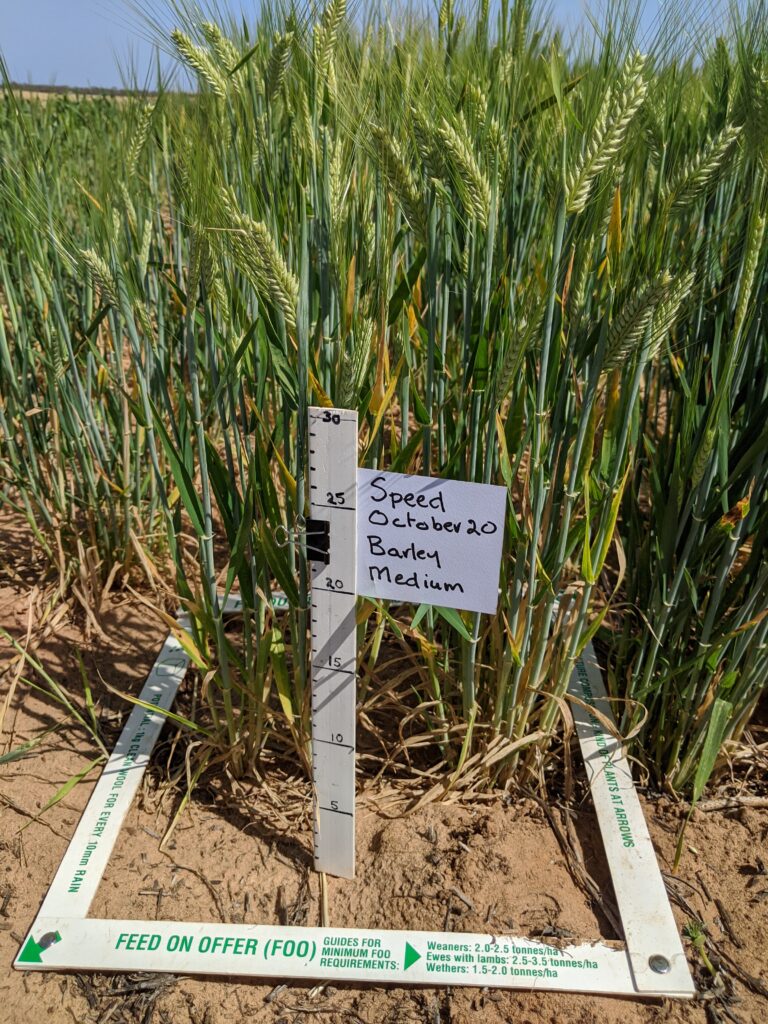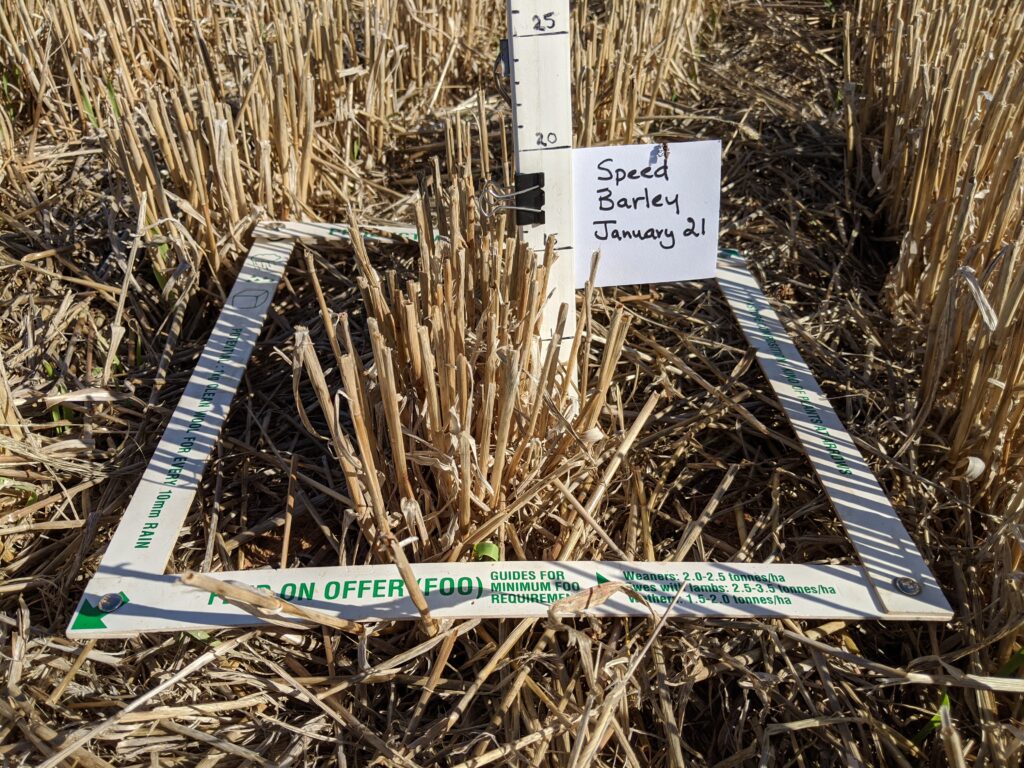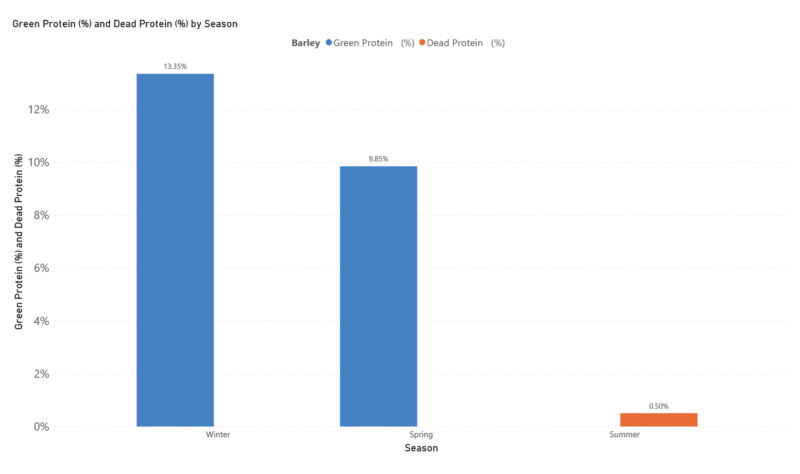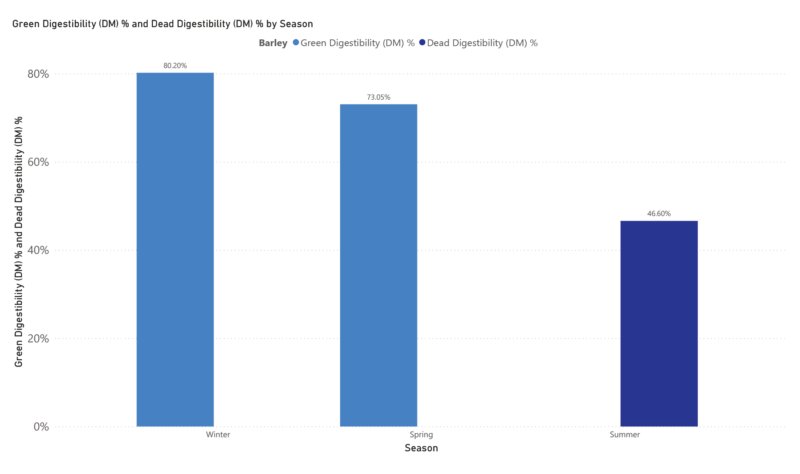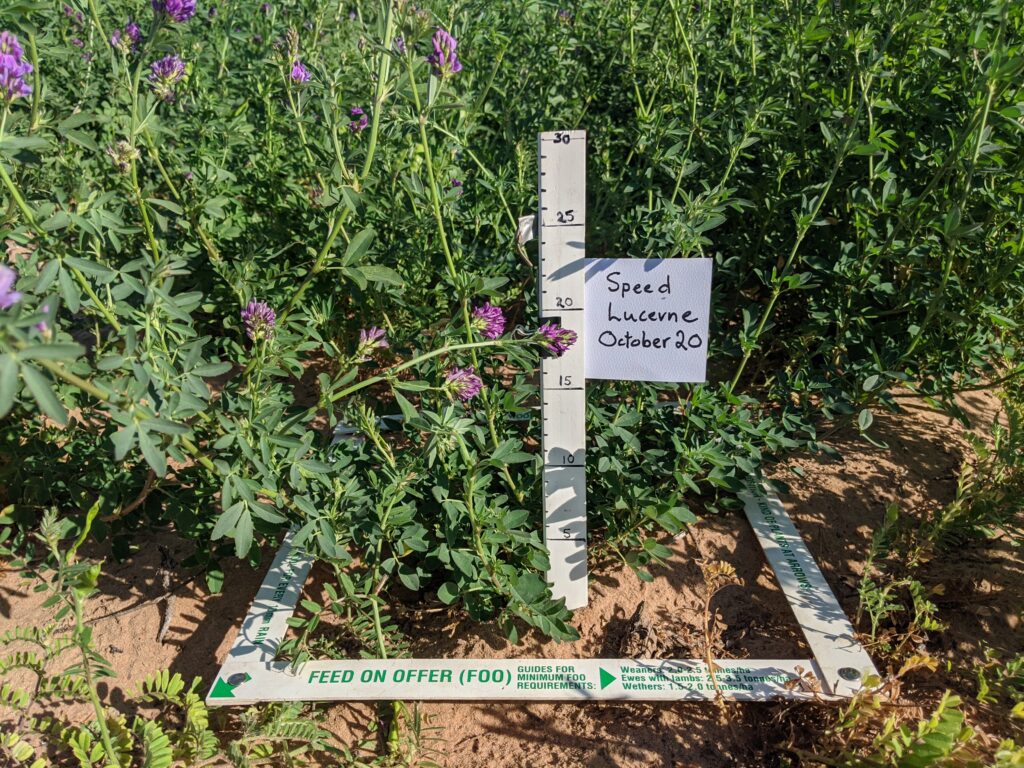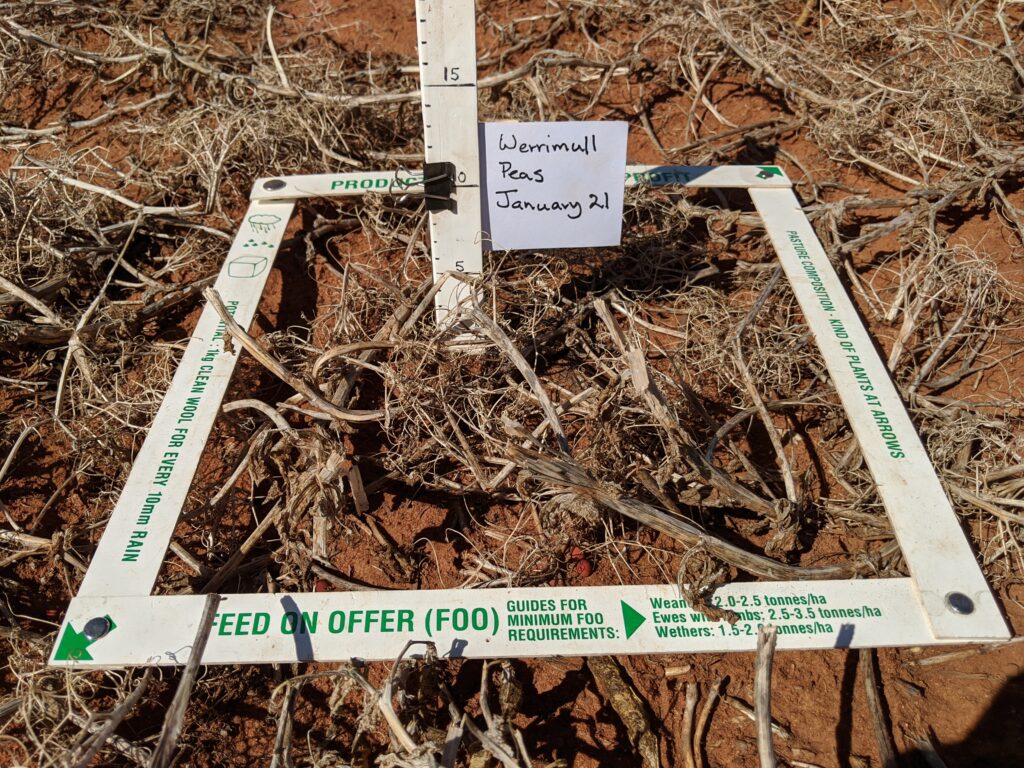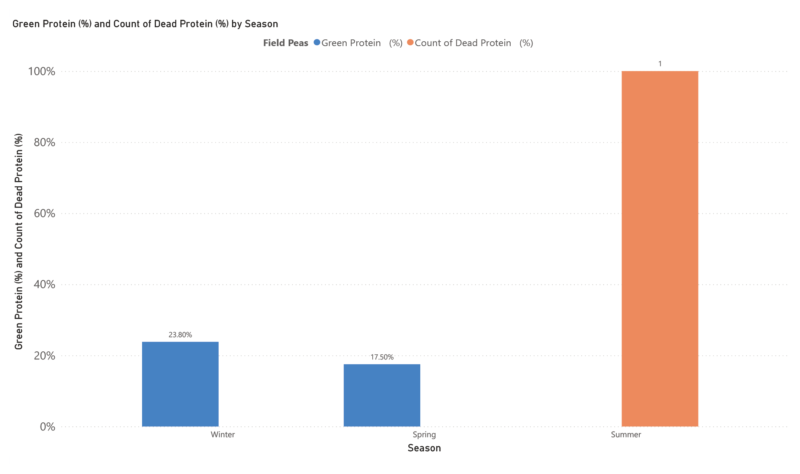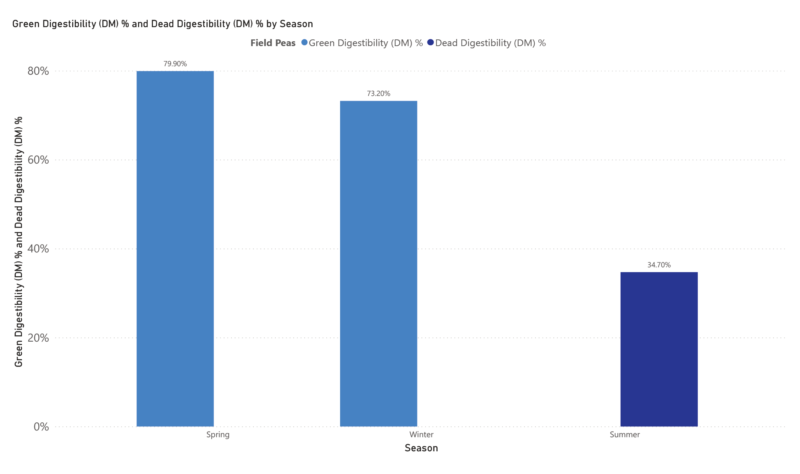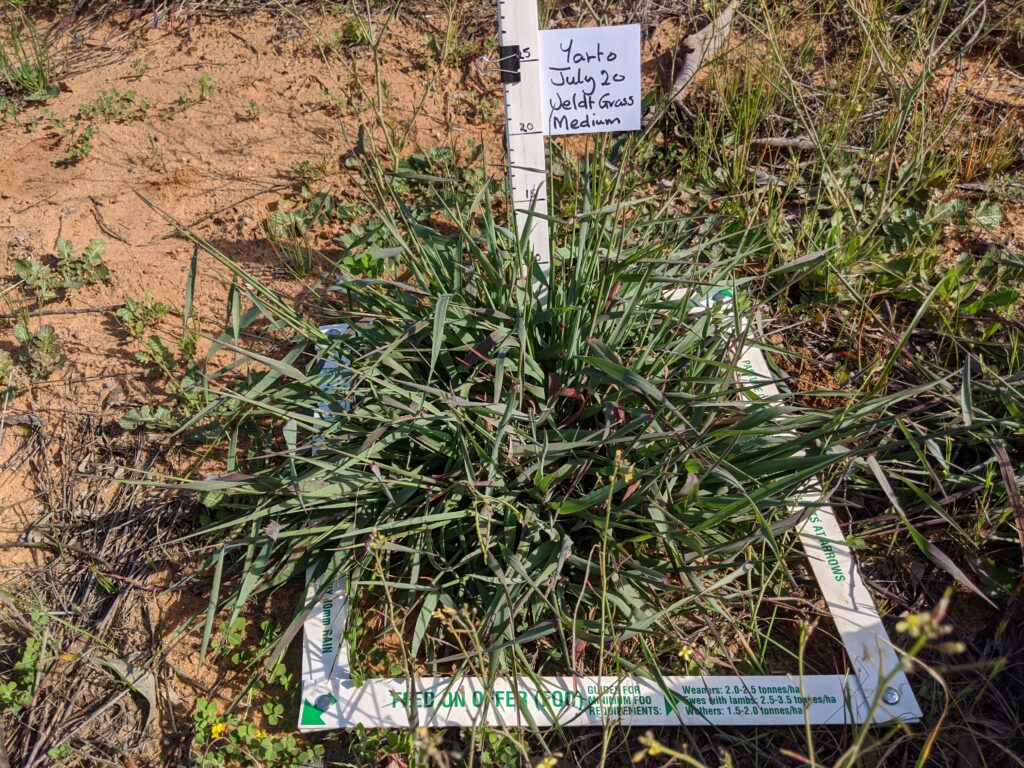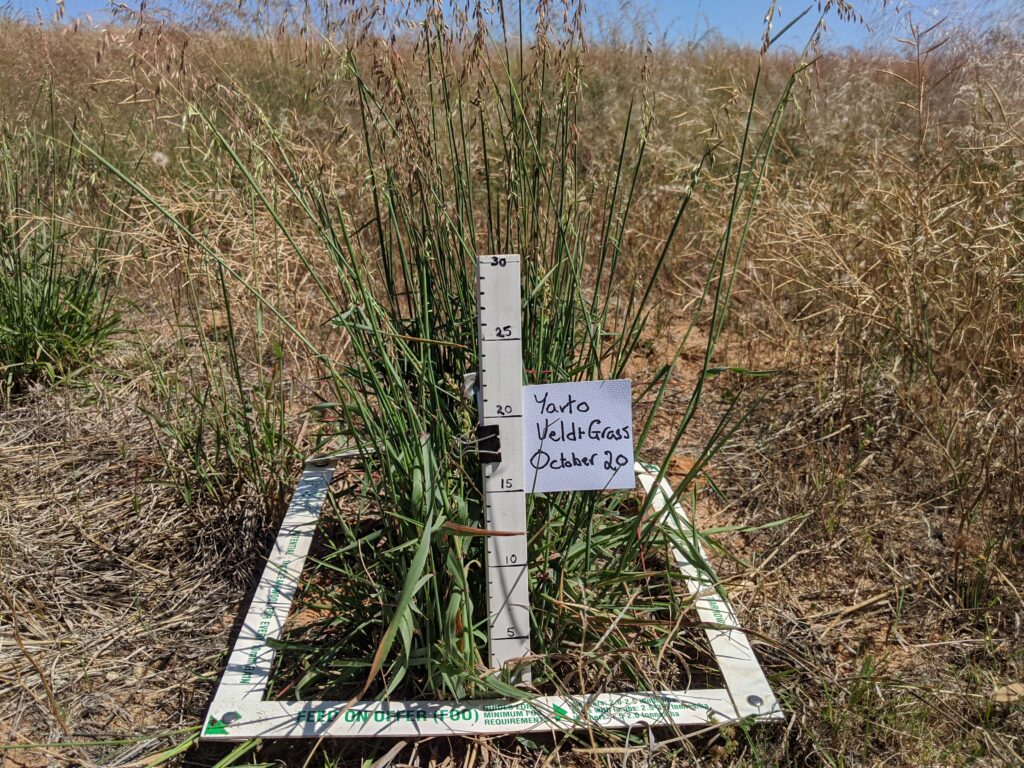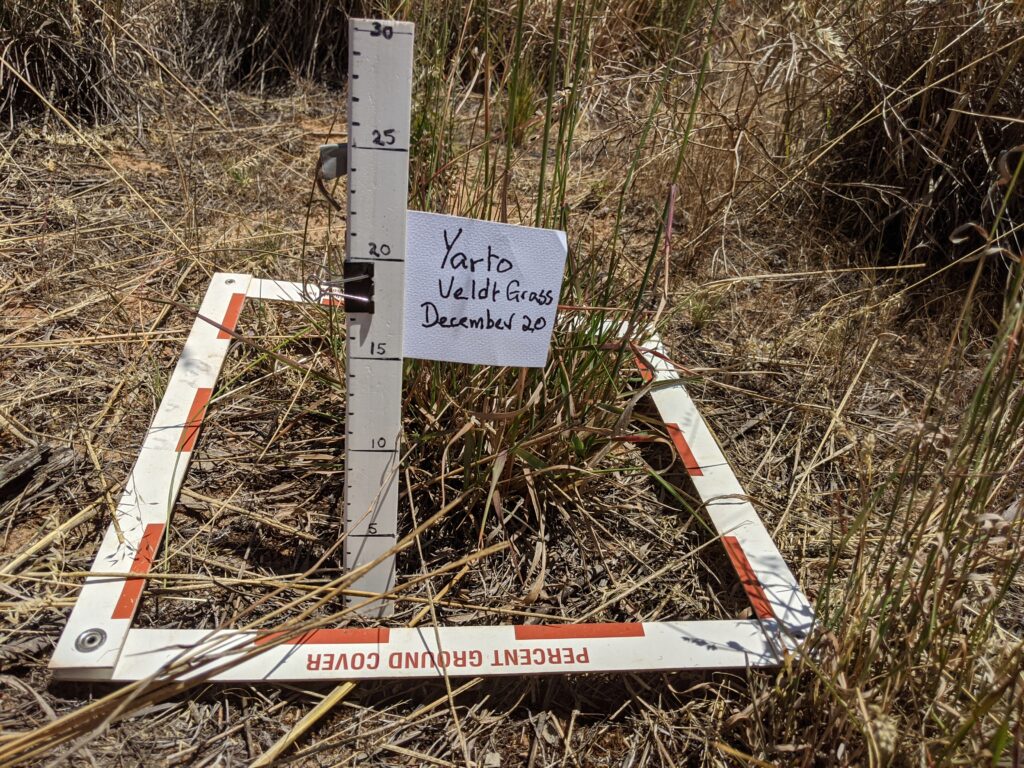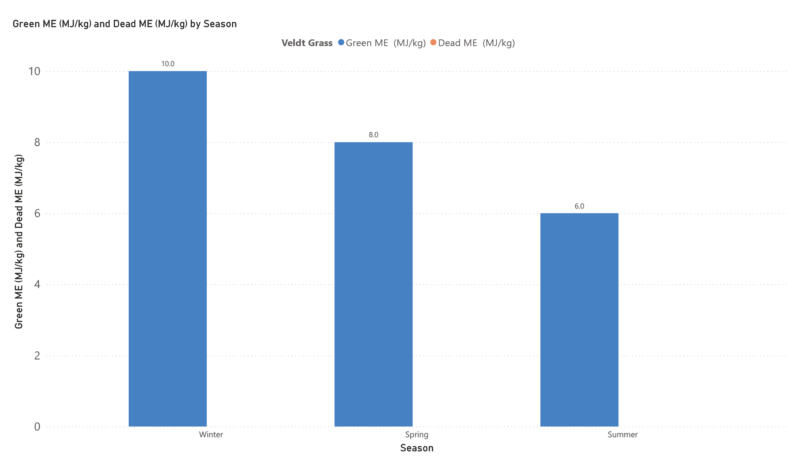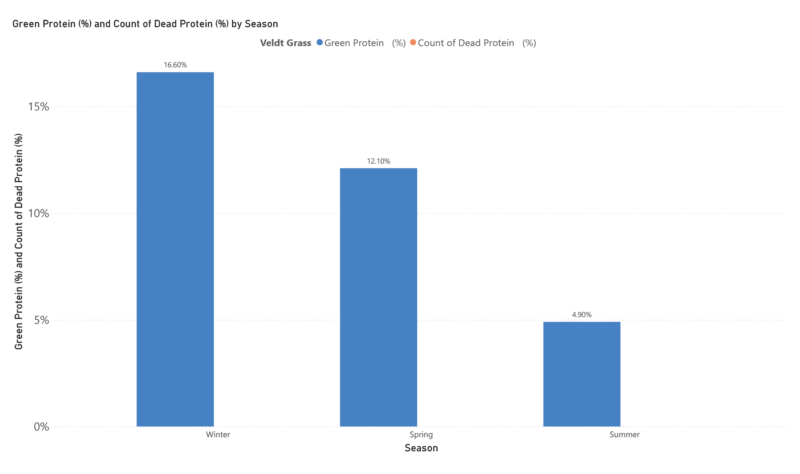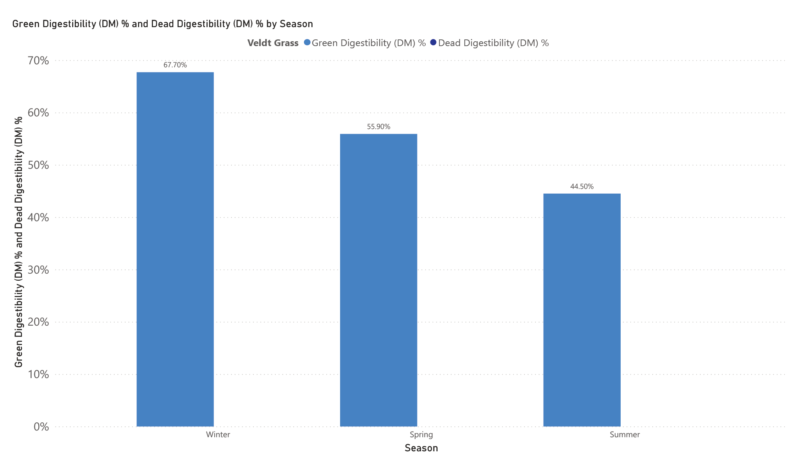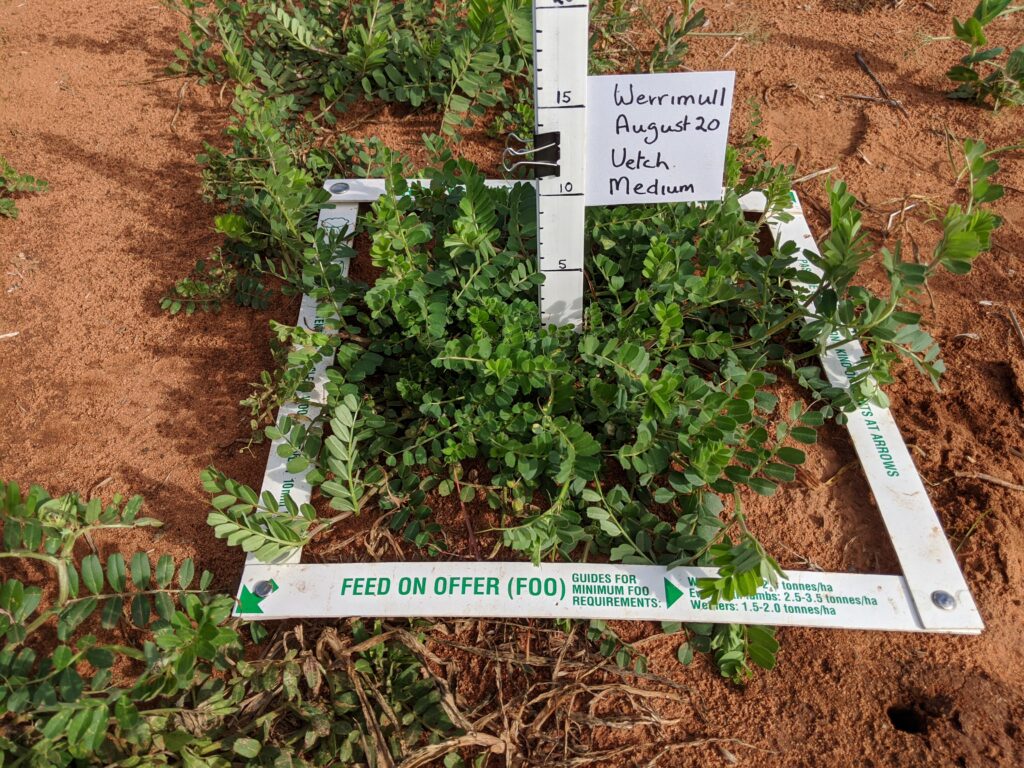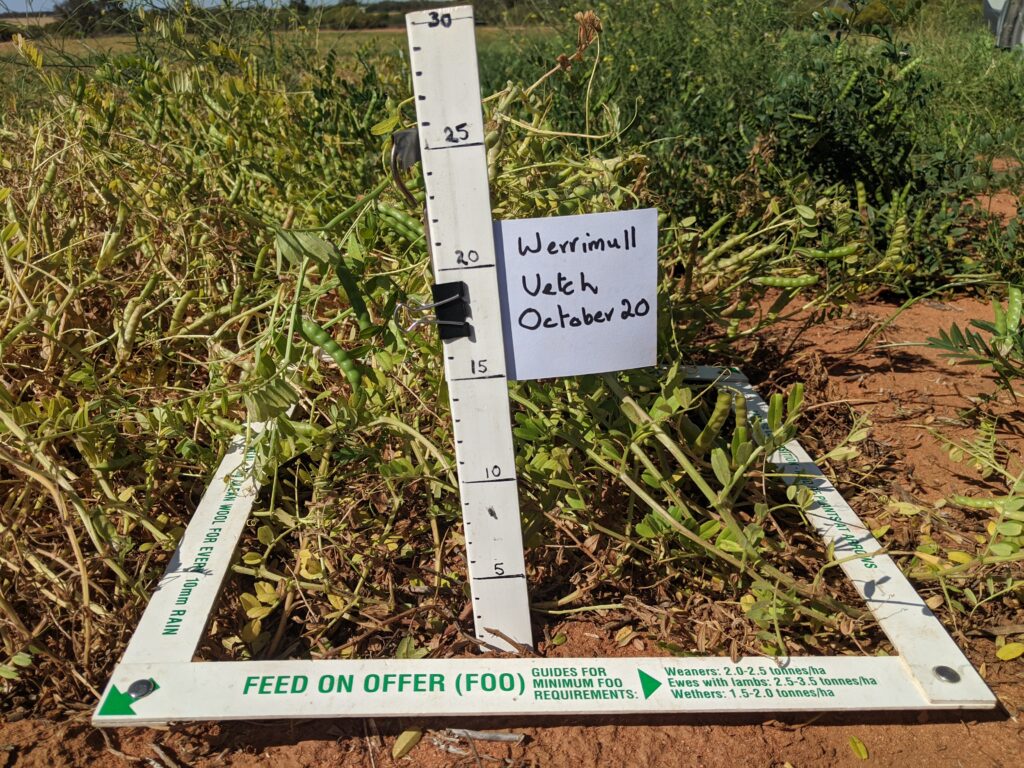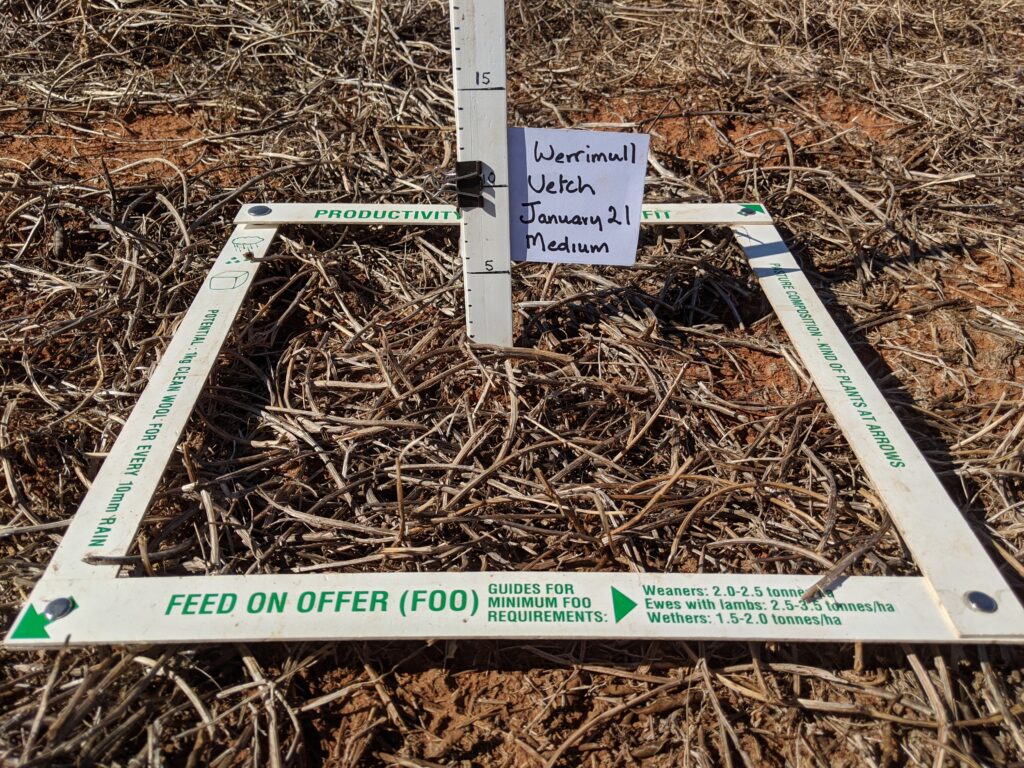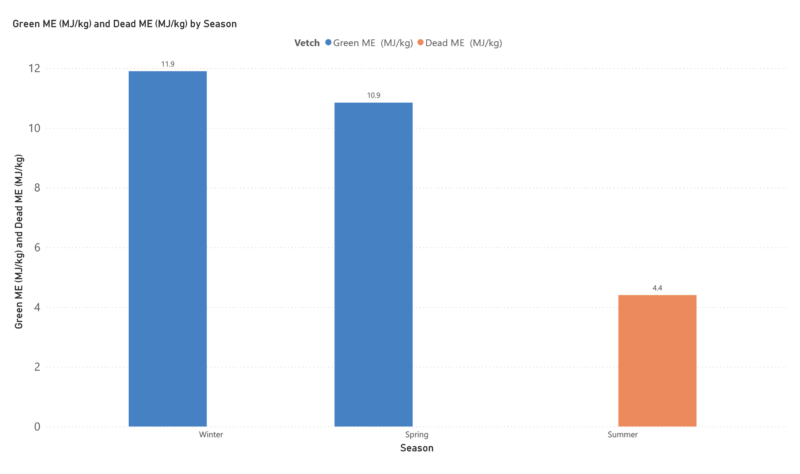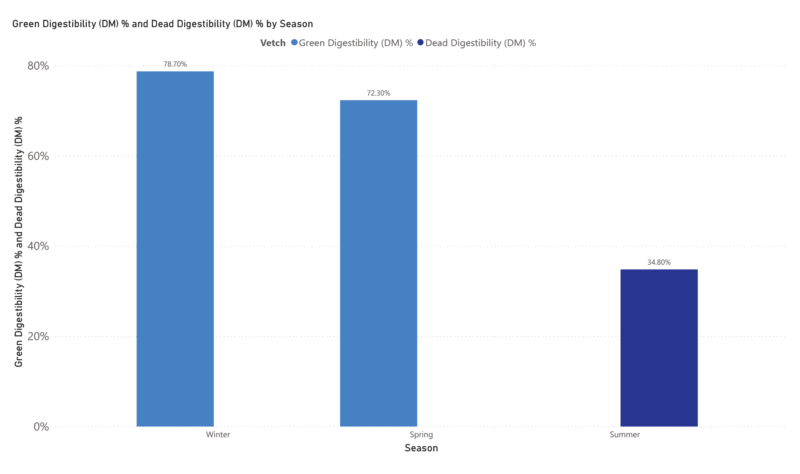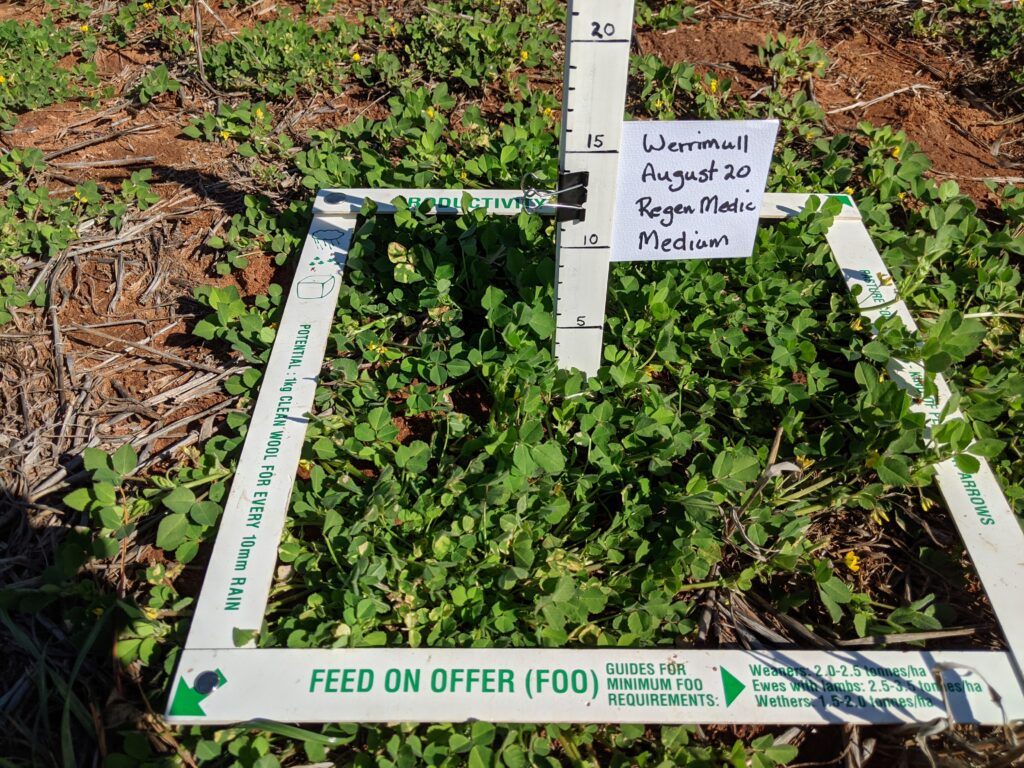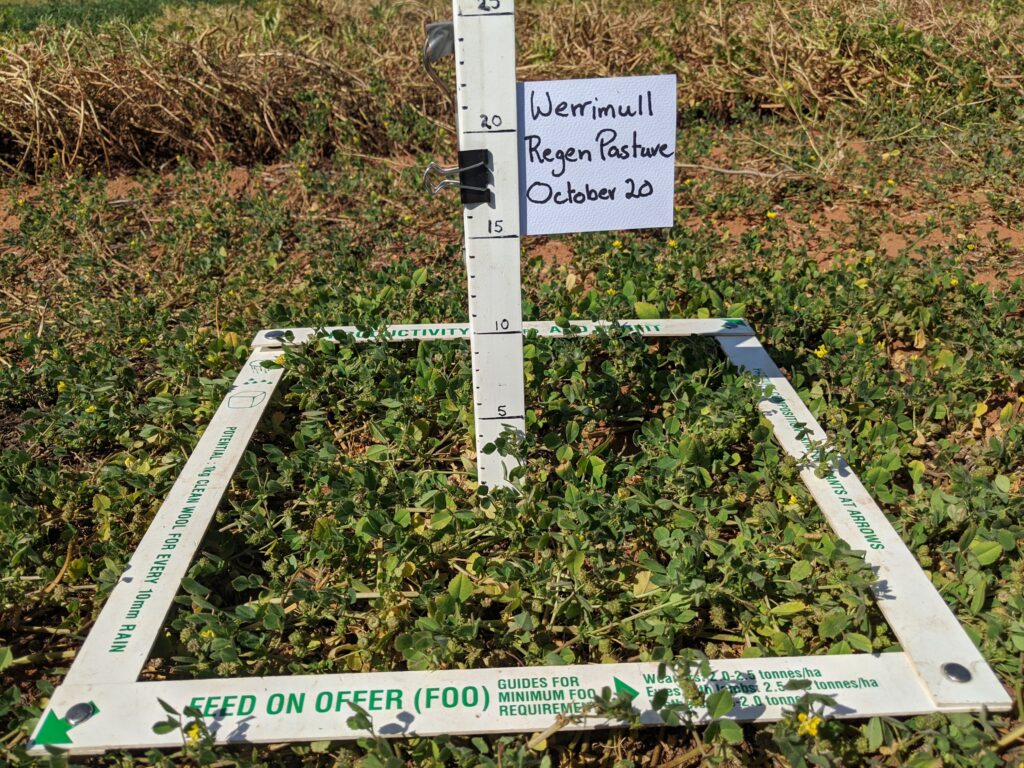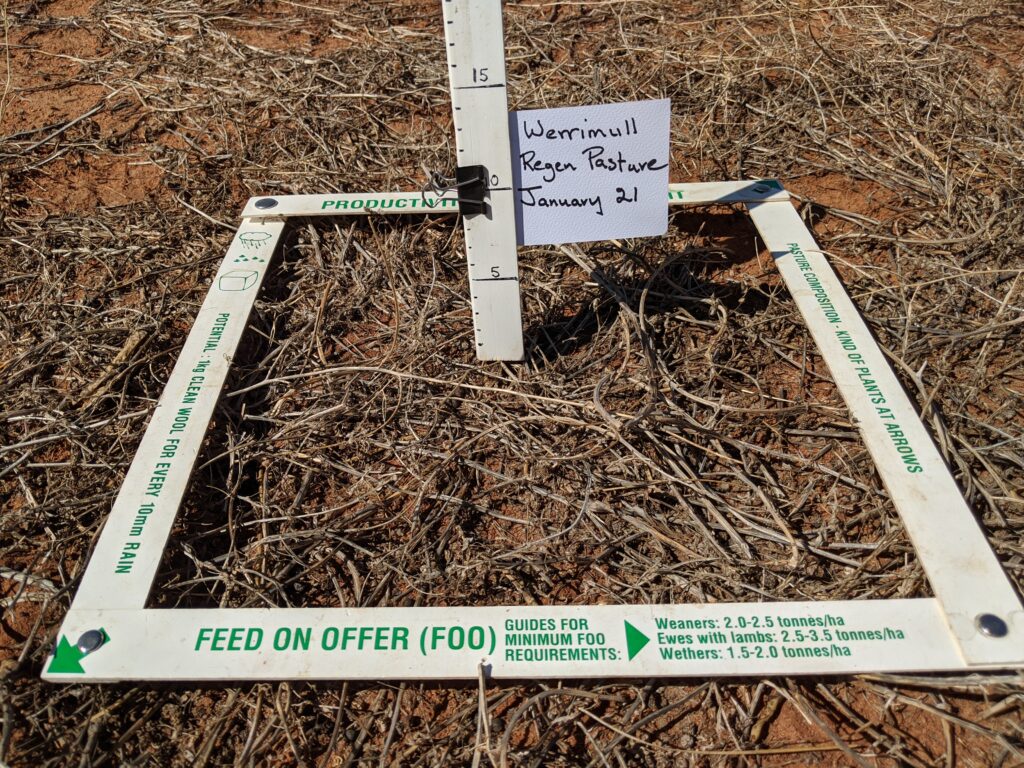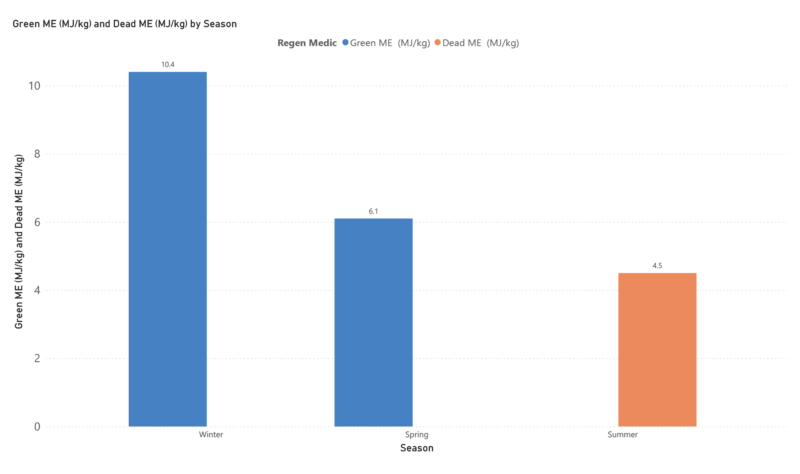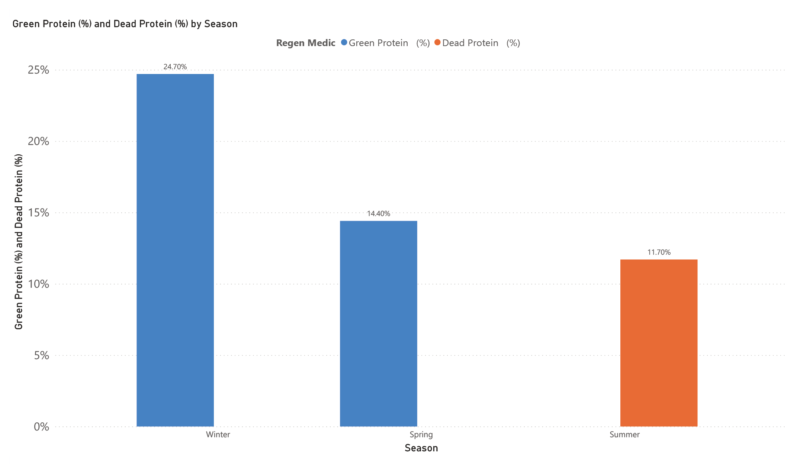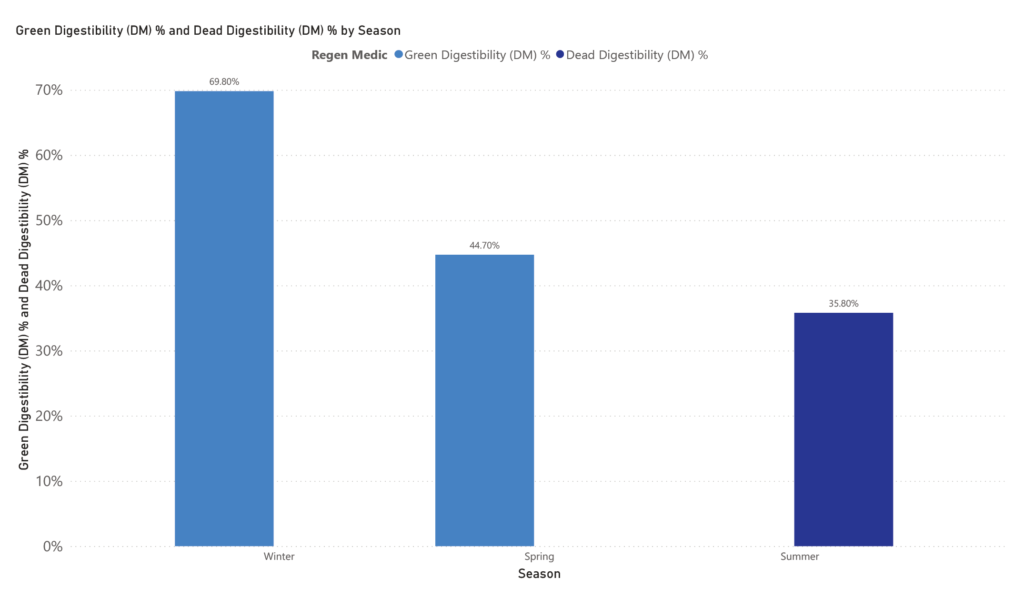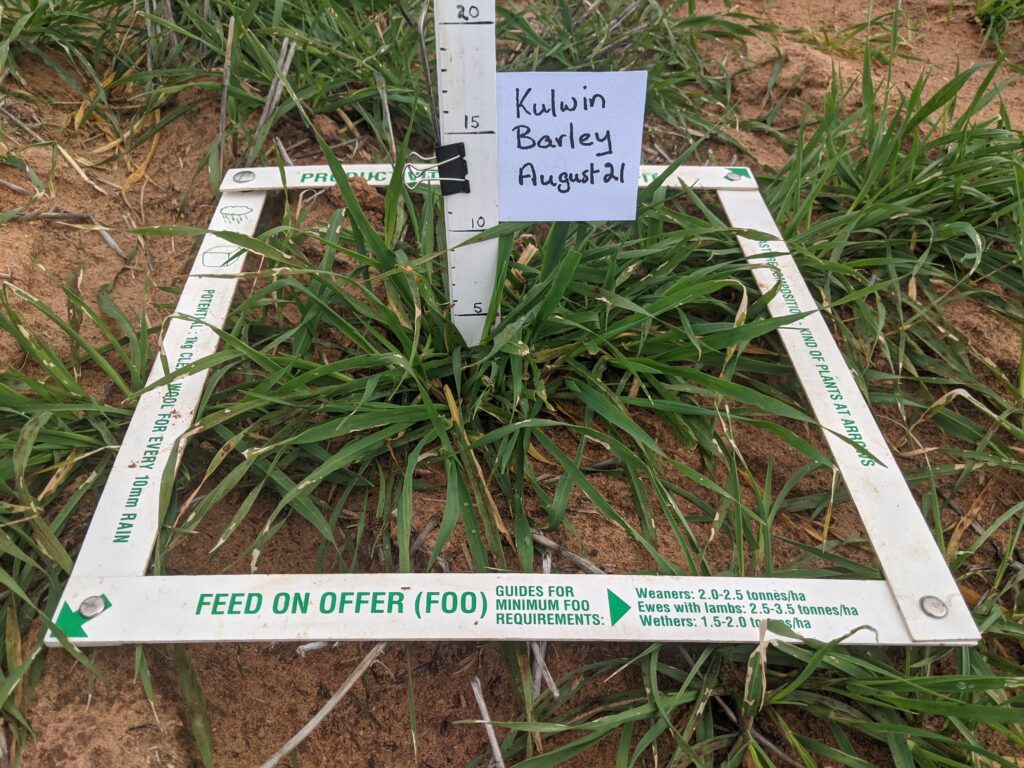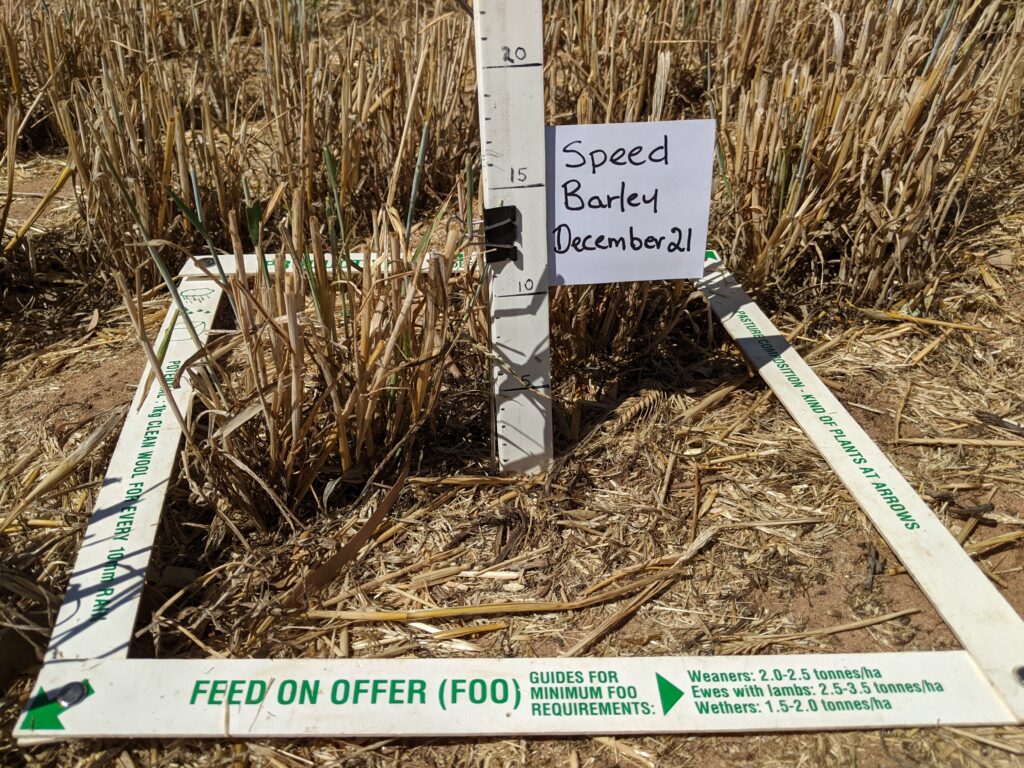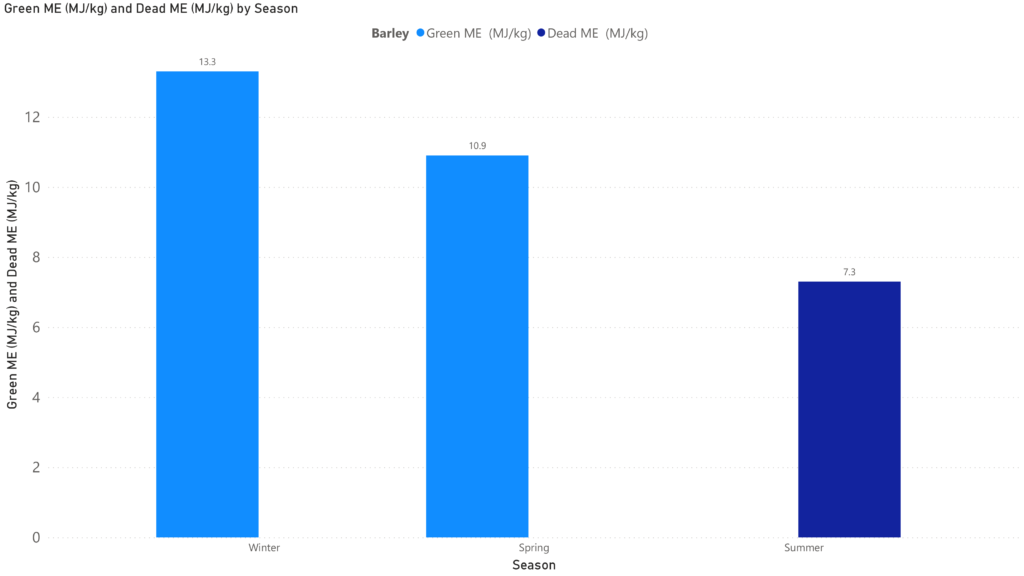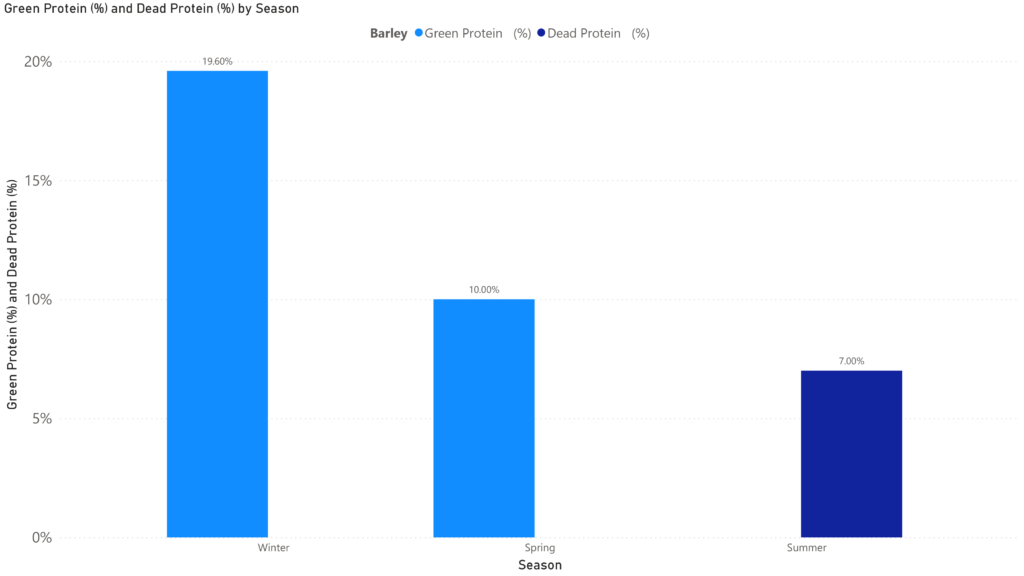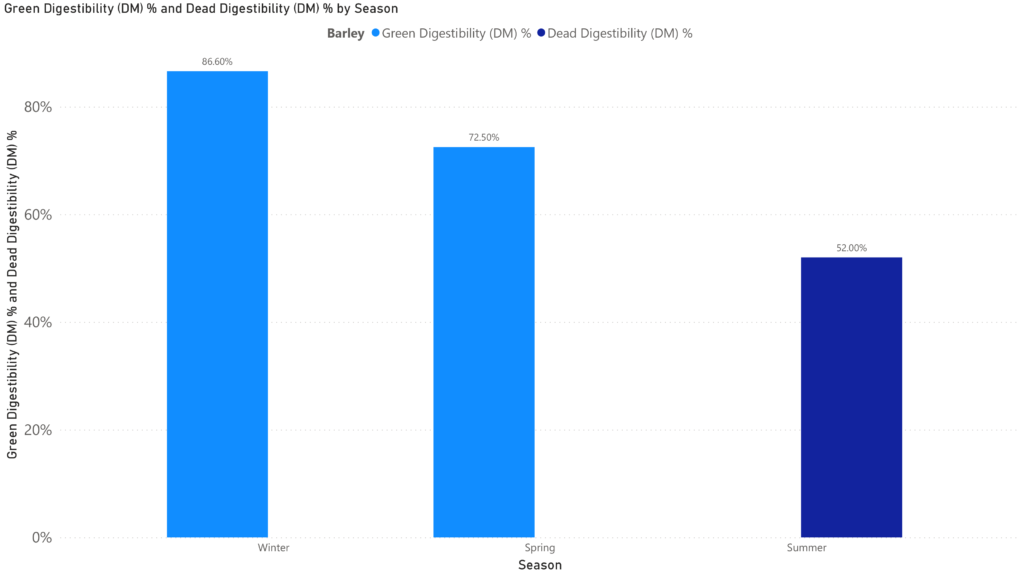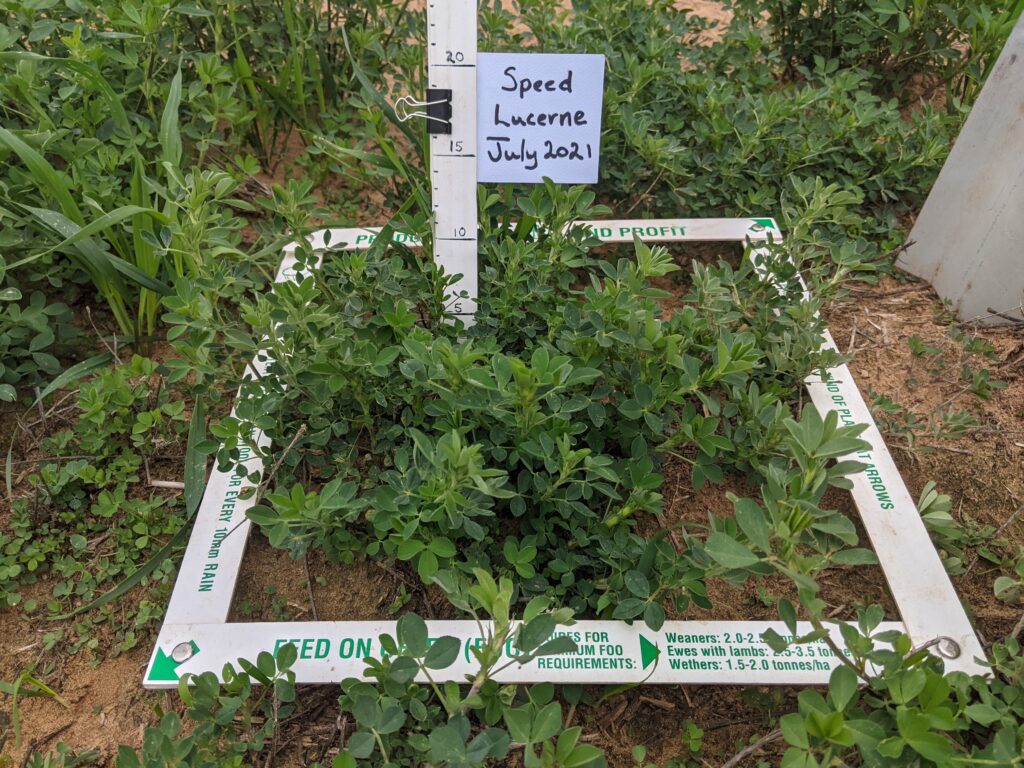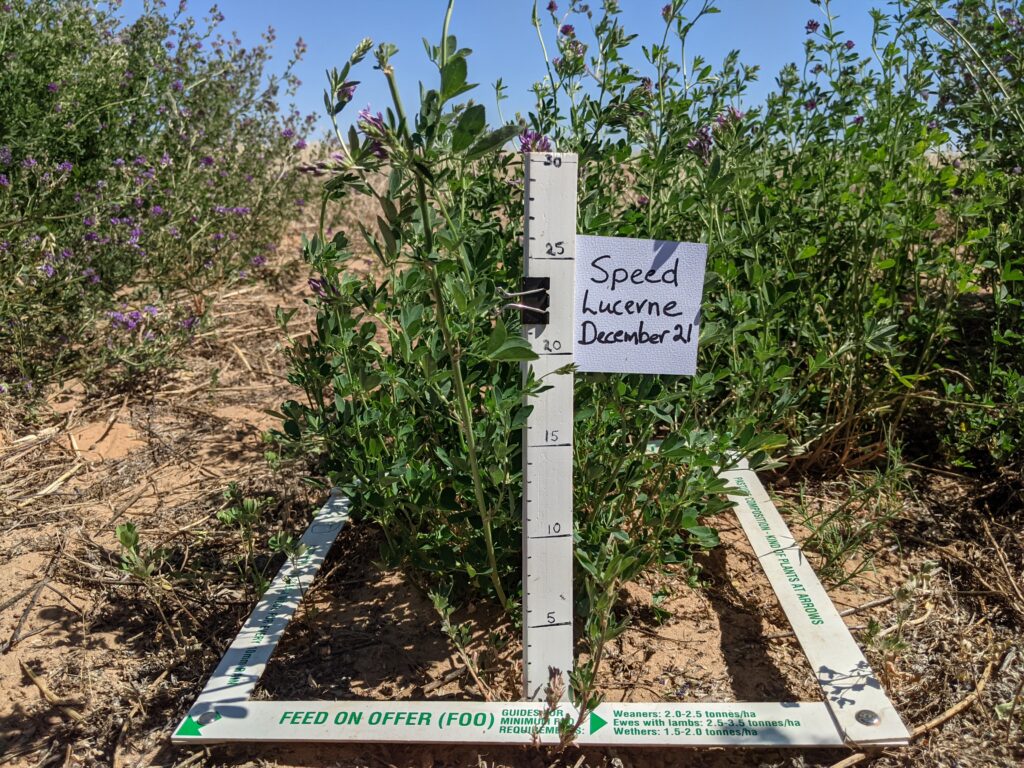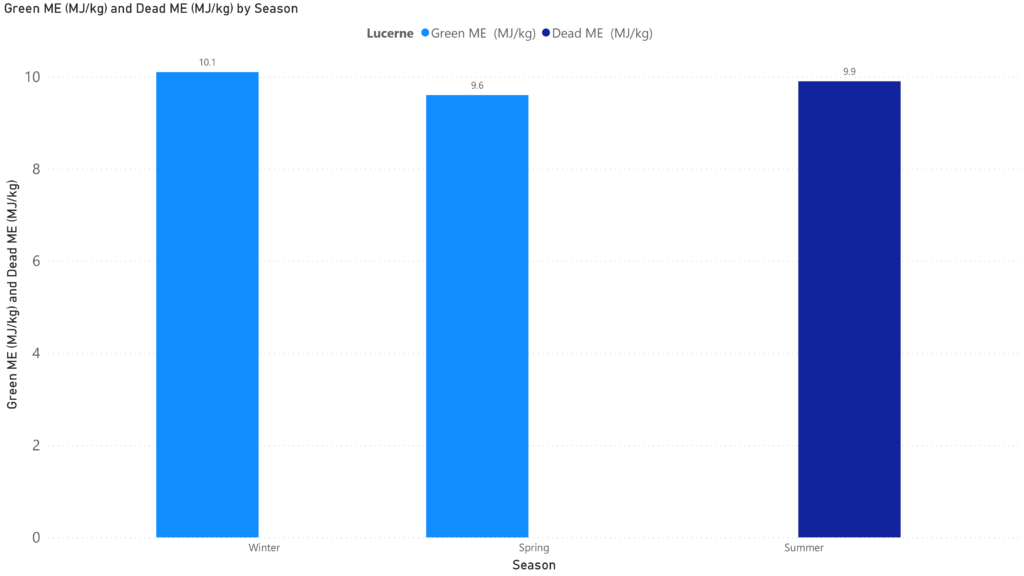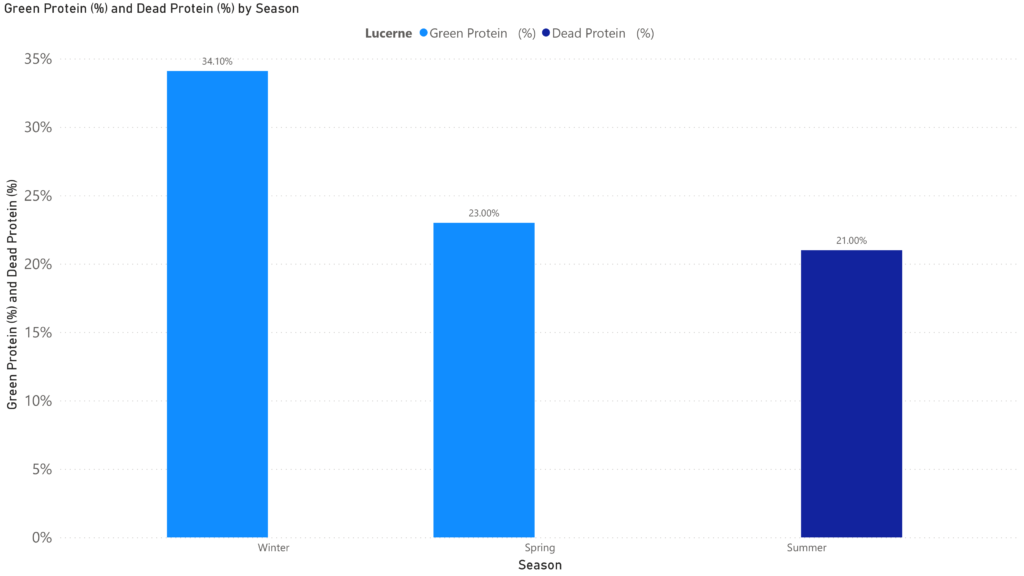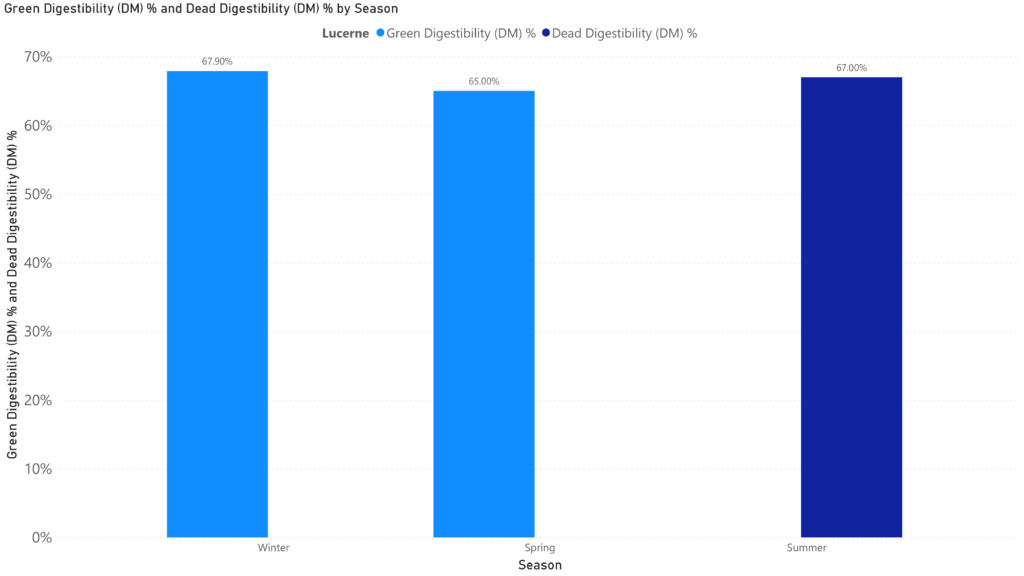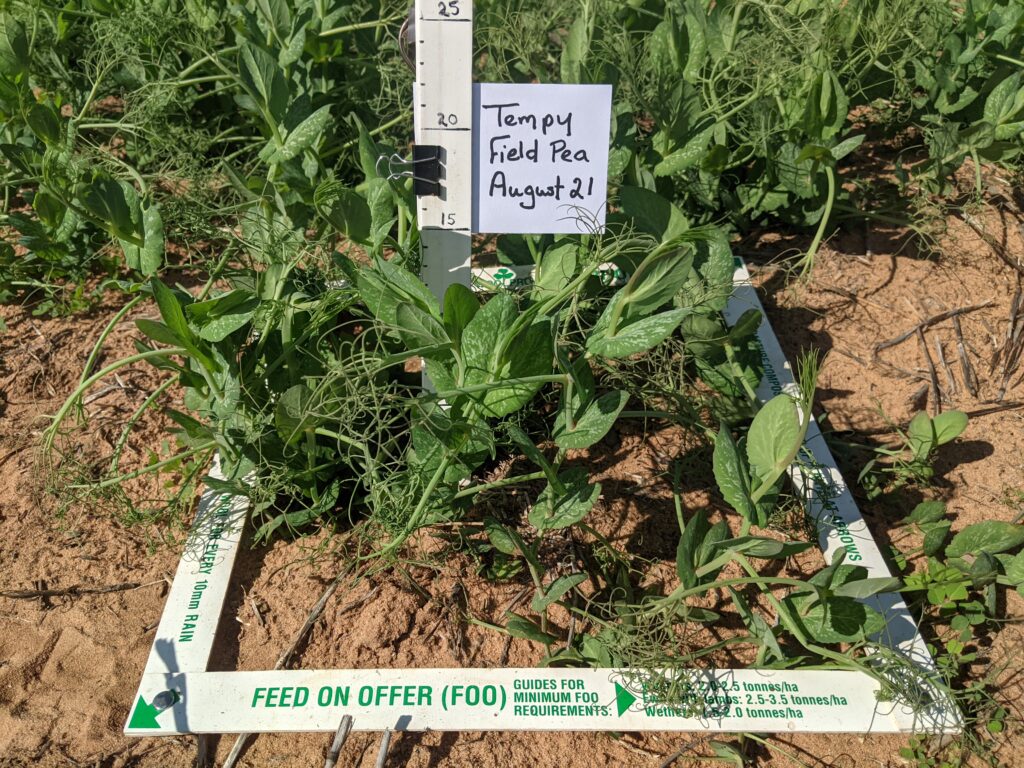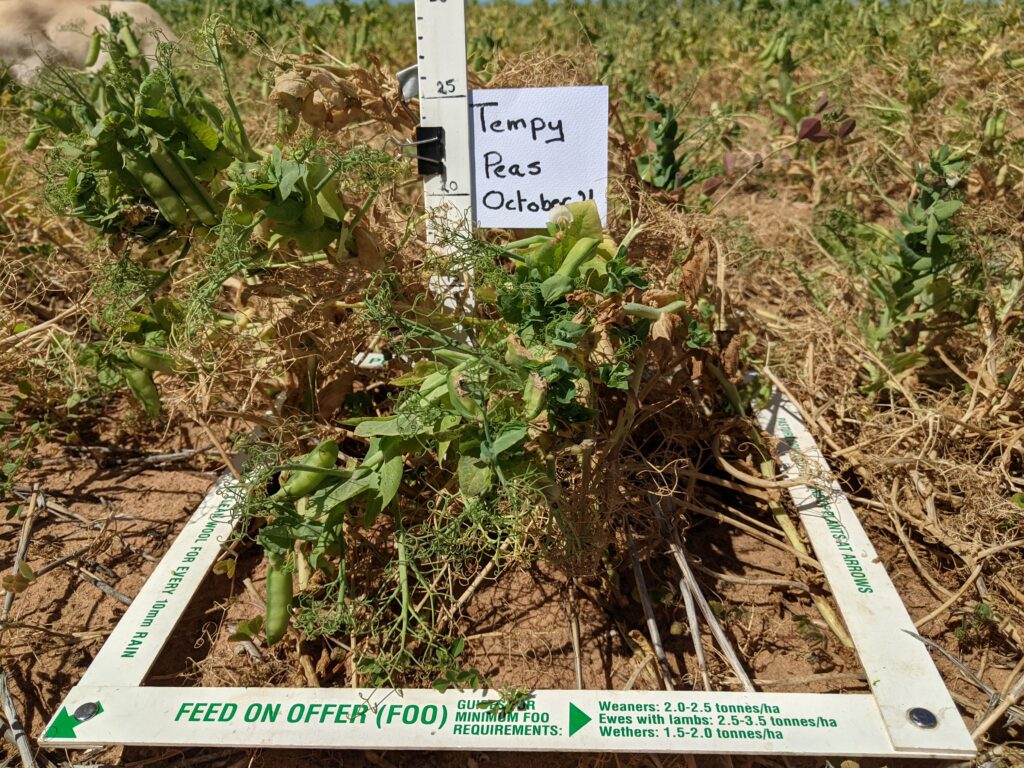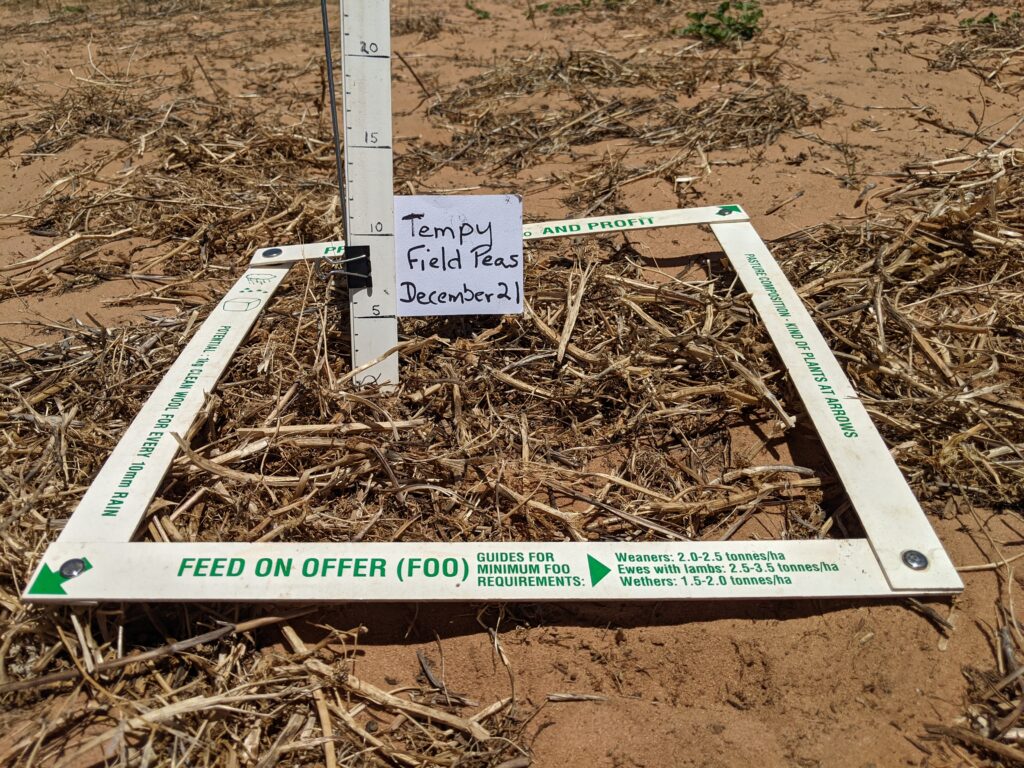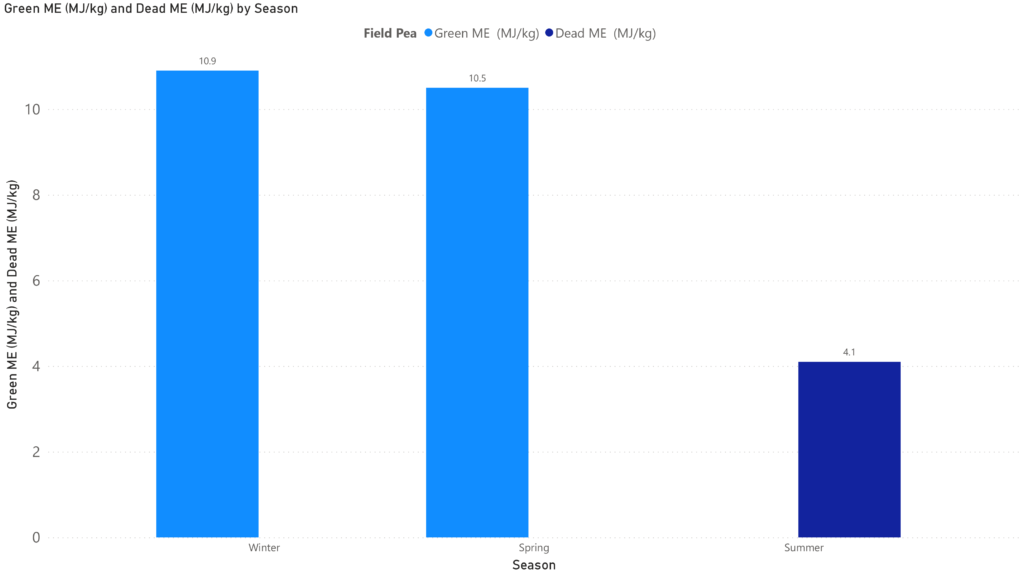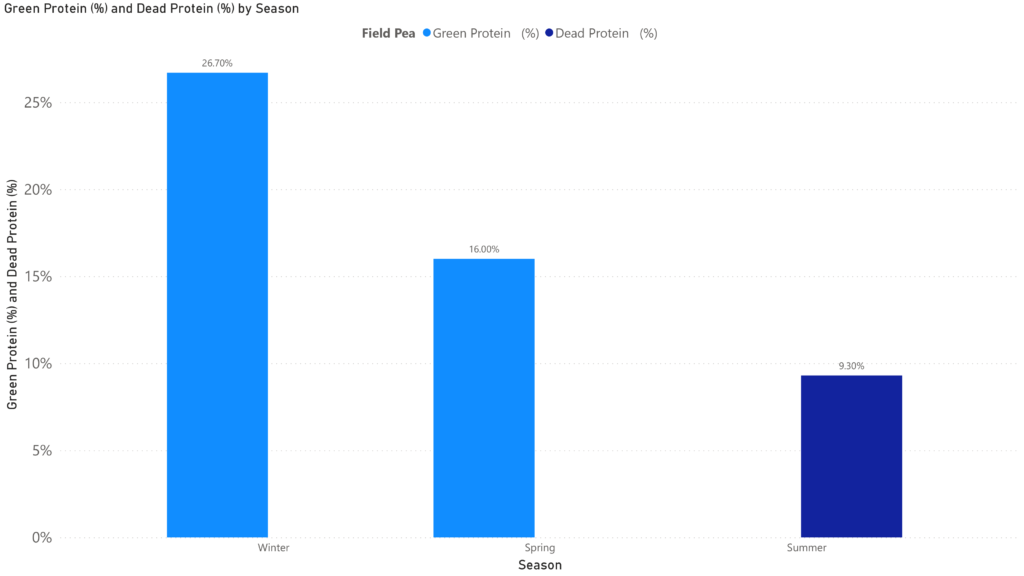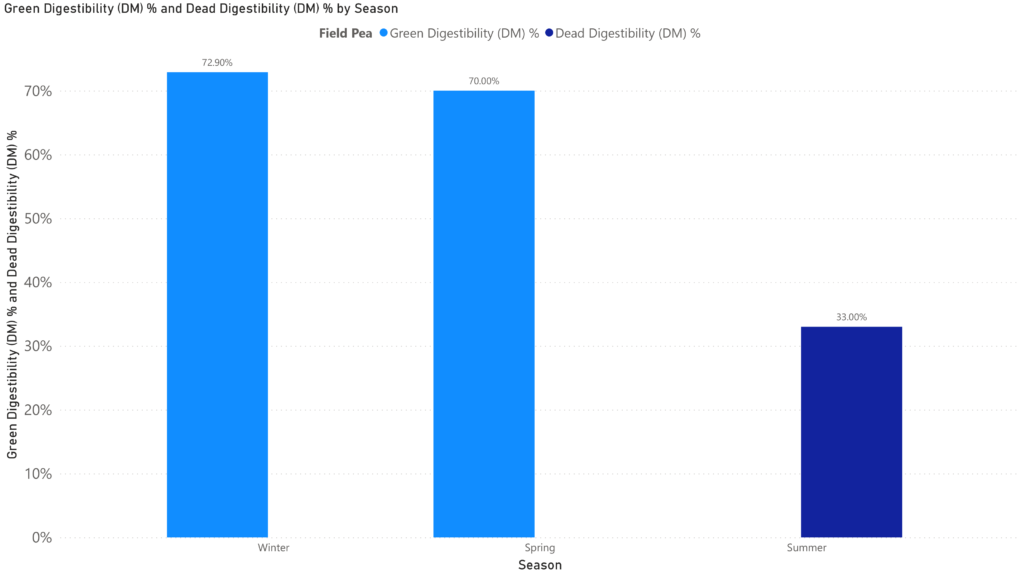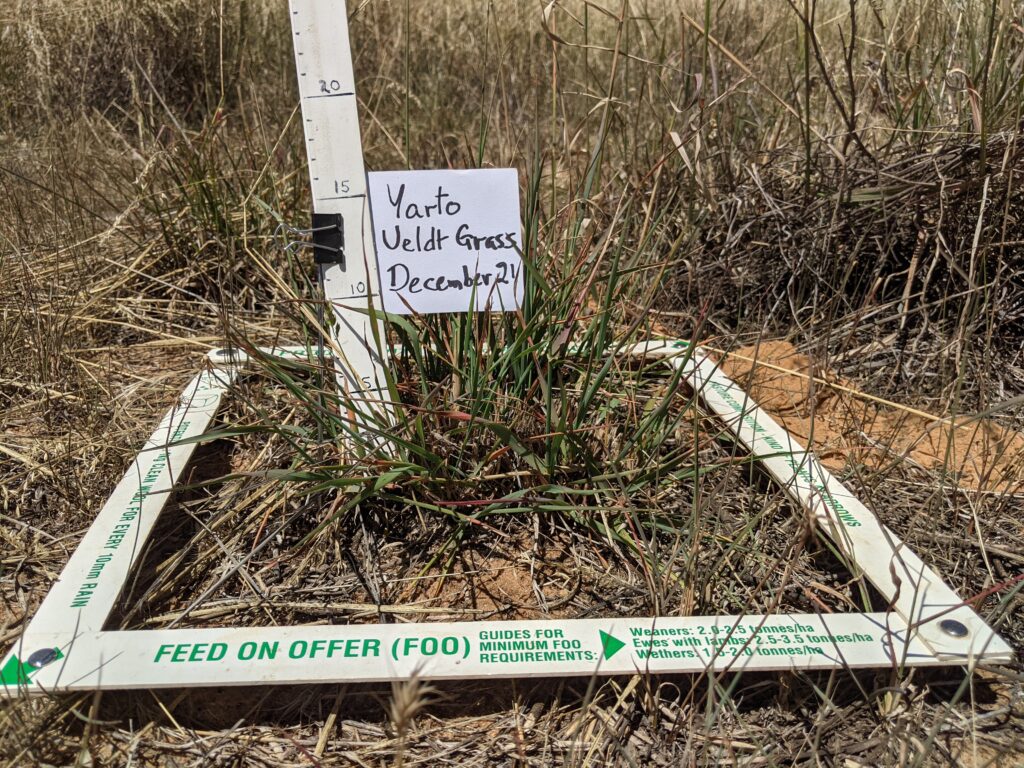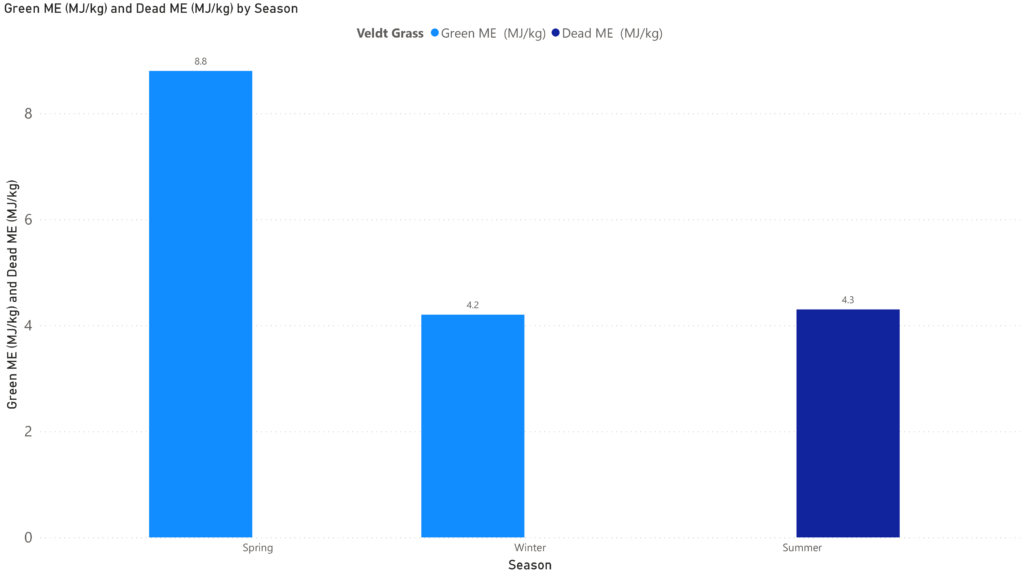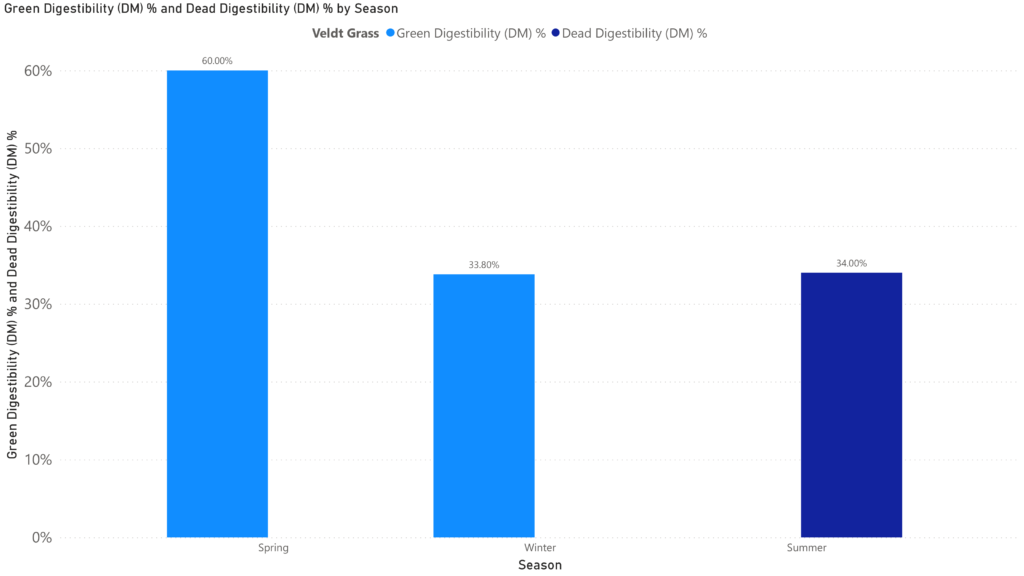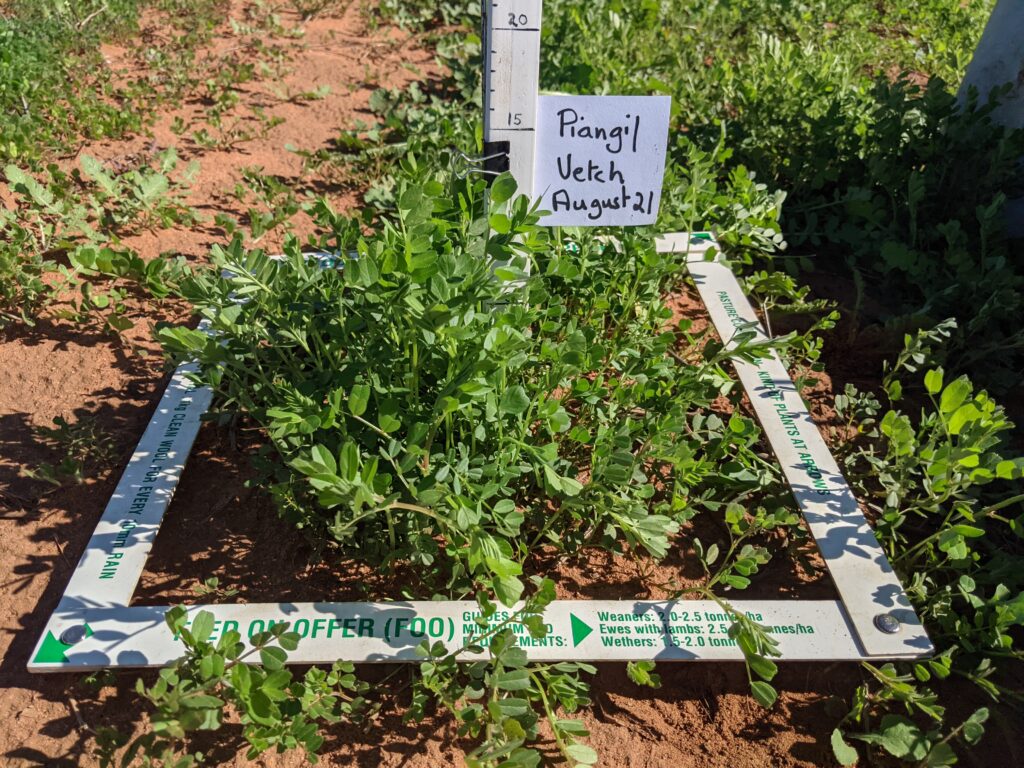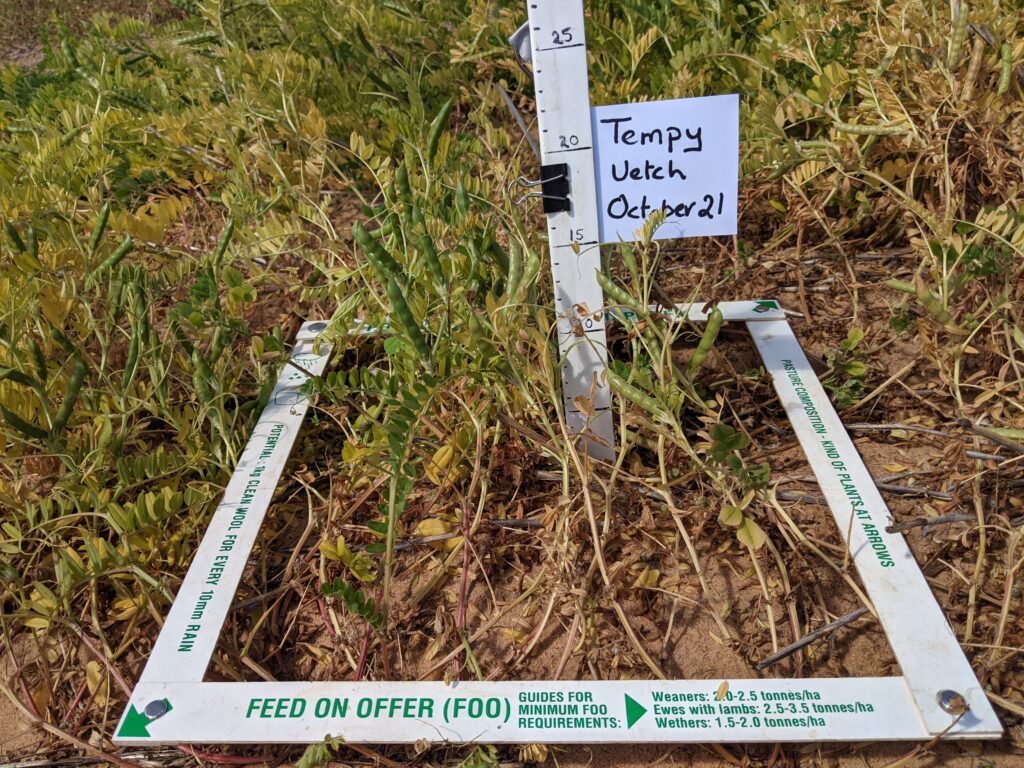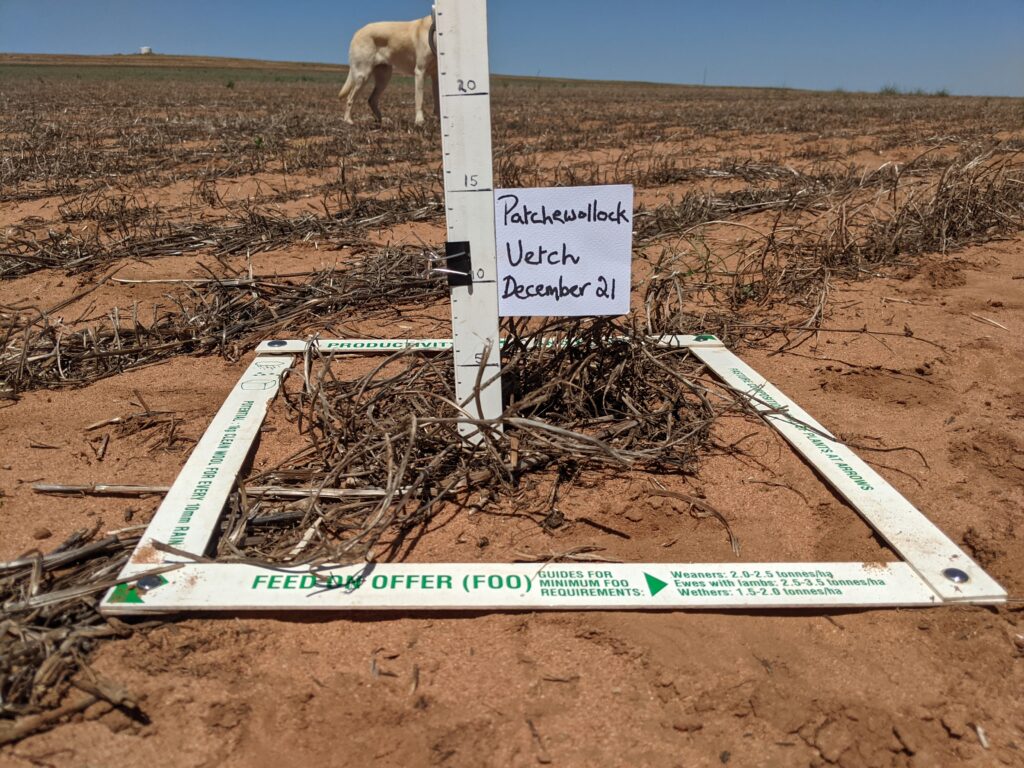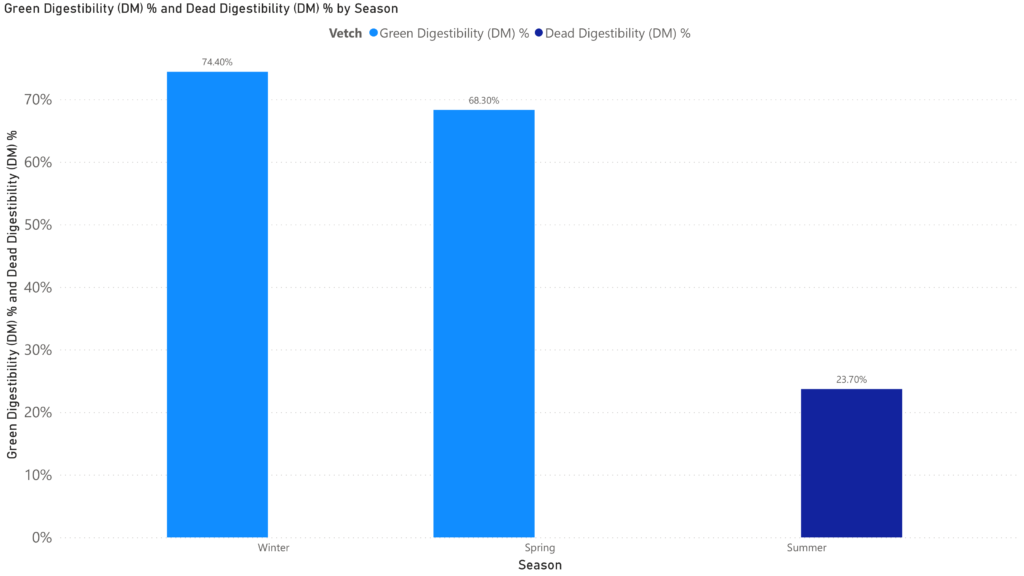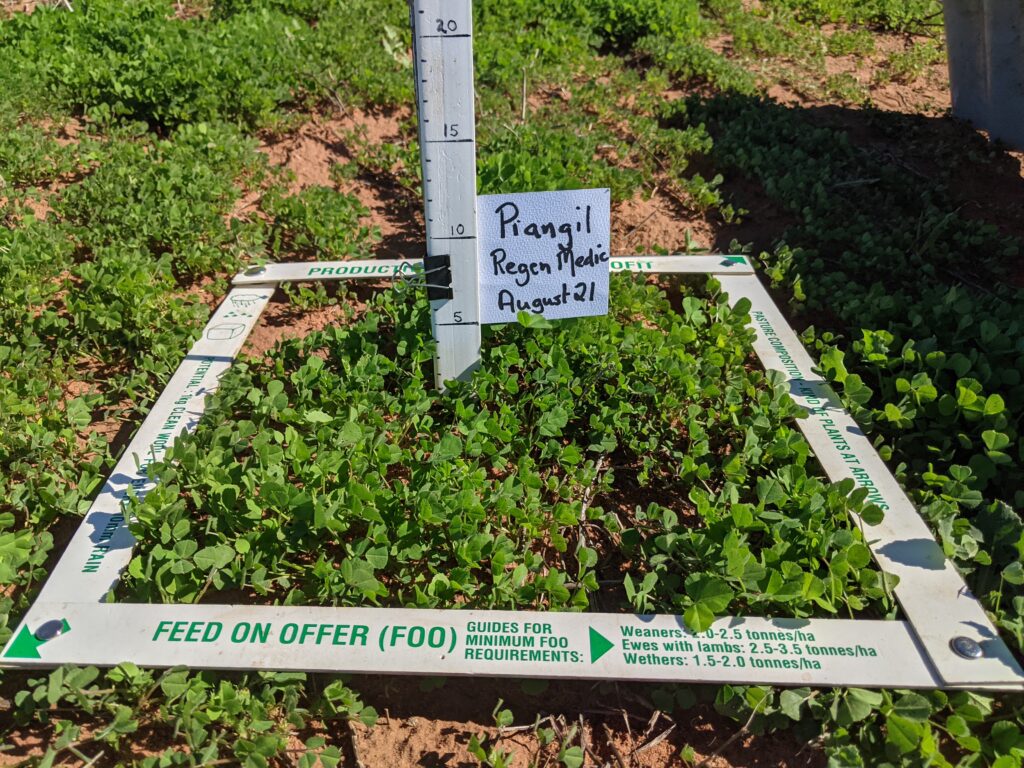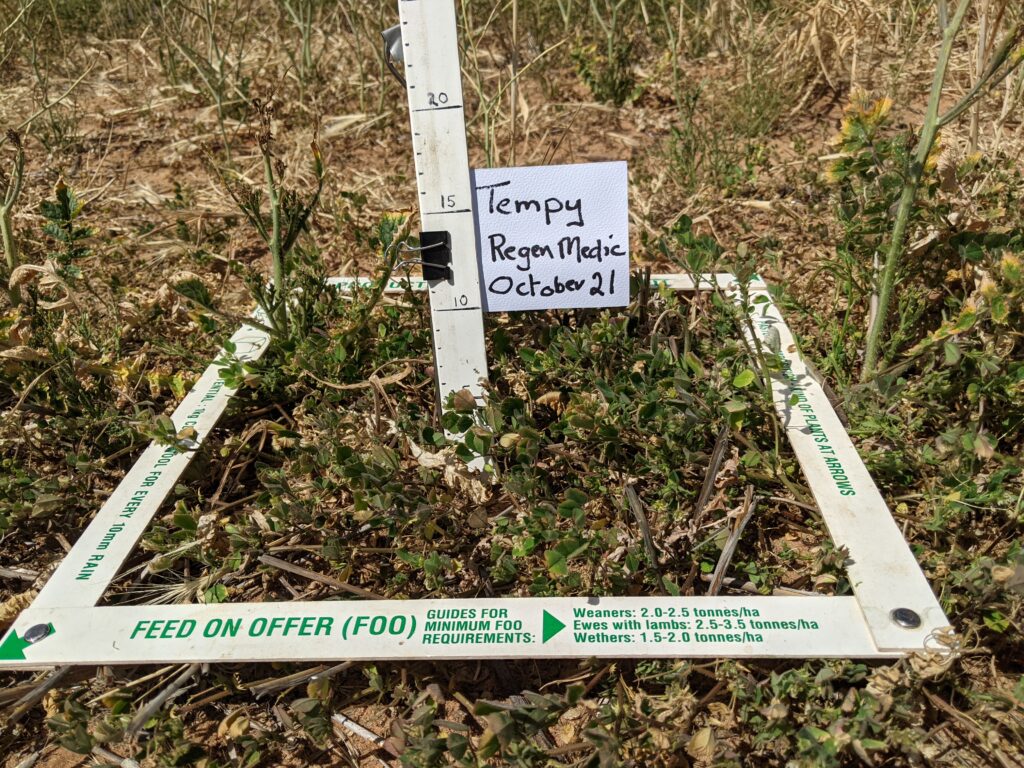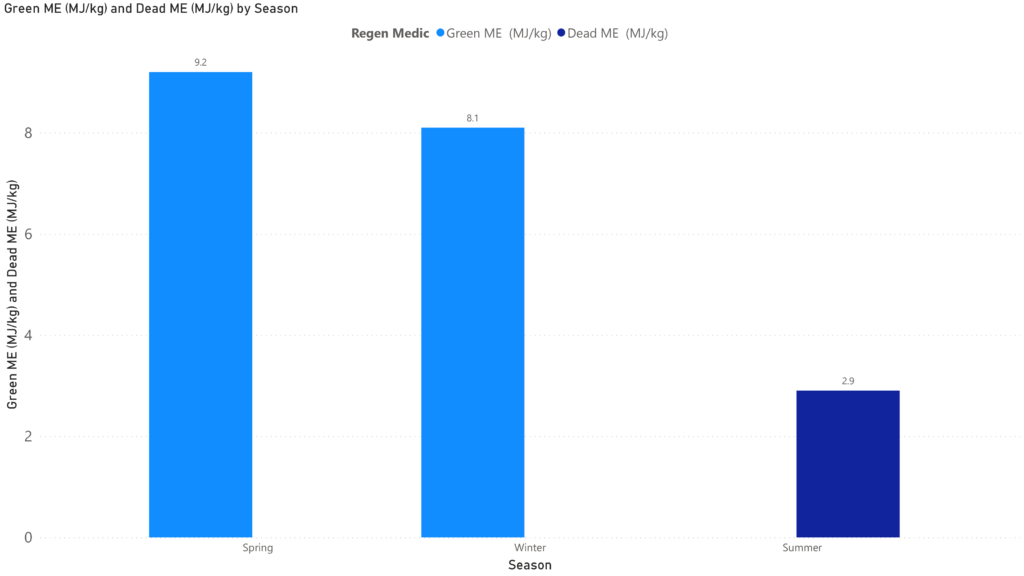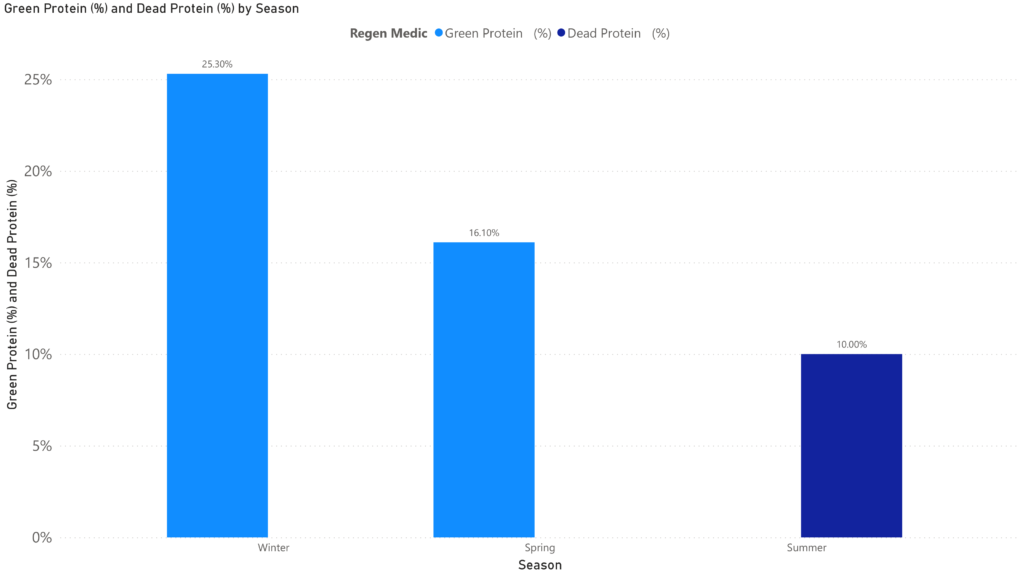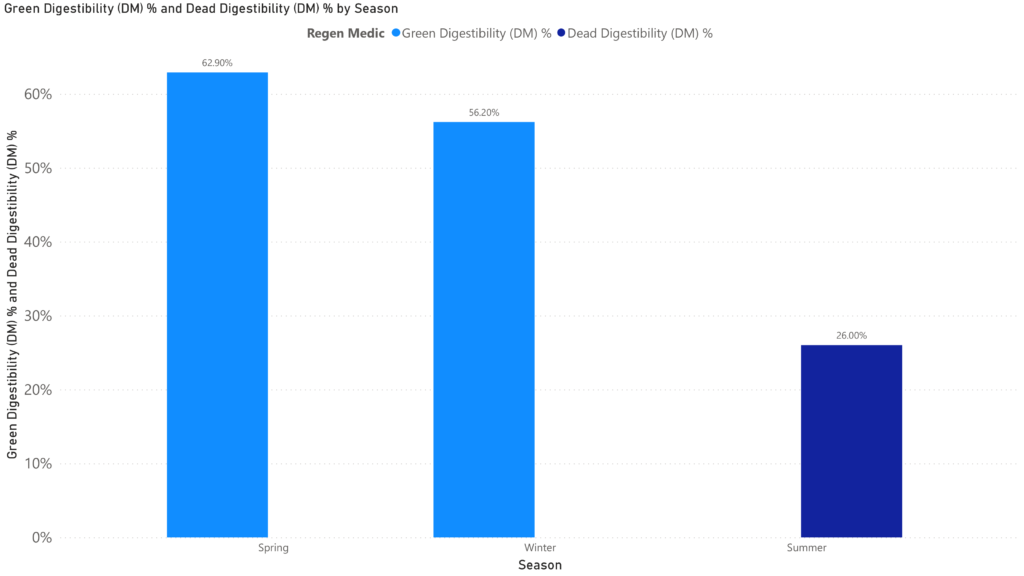Improving sheep nutrition through assessment of regional feed base deficiencies
Background
The low rainfall Mallee of NSW, Victoria and SA covers around 7 million hectares and is an important wool-growing region, with 70% of farmers running mixed farming enterprises.
Mallee Sustainable Farming (MSF) has identified a knowledge gap that exists around feed and nutrition values in the low rainfall zone. Feedback from MSF members has identified the need for a better understanding of the digestibility, energy value and mineral content of a number of low rainfall pastures, in addition to a range of crop types not traditionally considered for grazing.
Farmers are looking to build flock numbers or reintroduce sheep, however, to manage risk and seasonal variability there needs to be flexibility in grazing management and more information available to address nutritional deficiencies in low rainfall pastures and alternative grazing crops such as pulses.
The aims of this project are:
- Identify the nutritional value and mineral content of a range of Mallee pastures and grazing crops.
- Develop a dataset of the nutritional value and mineral content of low rainfall pastures for use by producers and industry.
- Increase producer confidence in making sheep management decisions by using the data in Lifetime Ewe Management training delivered in low rainfall regions.
Podcast
In this MSF Farm Talk Podcast Episode, Hamish Dickson, Principal Livestock Consultant, AgriPartner Consulting discusses:
- How feed varies in different environments and why this project is so important for Mallee farmers.
- The types of pastures we will be targeting and what we are measuring in this project.
- The key differences we need to be mindful of when it comes to animal health and nutrition in low rainfall environments.
- The benefits of being part of a Lifetime ewe group and what farmers can get out of it.
- Plus more!
Methodology
The six different pasture types have been sampled throughout the year at various Mallee locations. Each pasture sample was analysed by feed test to provide a comprehensive analysis of feed quality. Each of the tabs provides a summary of the Crude Protein, Metabolsable Energy and Digestibility of the “green” and “dry” components of each pasture type at different sample times throughout the season. Please contact the project team to access a comprehensive analysis report for each sample than contains the following data:
• Moisture
• Dry Matter
• Crude Protein
• Neutral Detergent Fibre,
• Digestibility (of Dry Matter and of Organic Dry Matter)
• Metabolisable Energy
• Water Soluble Carbohydrates
• Acid Detergent Fibre
• Minerals: (Boron, Calcium, Chloride, Copper, Iron, Magnesium, Manganese, Phosphorous, Potassium, Sodium, Sulphur, Zinc, Cobalt, Molybdenum, Selenium)
For Further information please contact MSF:
This project is monitoring the annual pasture growth and quality cycle for six pasture options available to Mallee farmers. The following pasture options were monitored in 2020 and 2021
2020 Results
2021 Results

